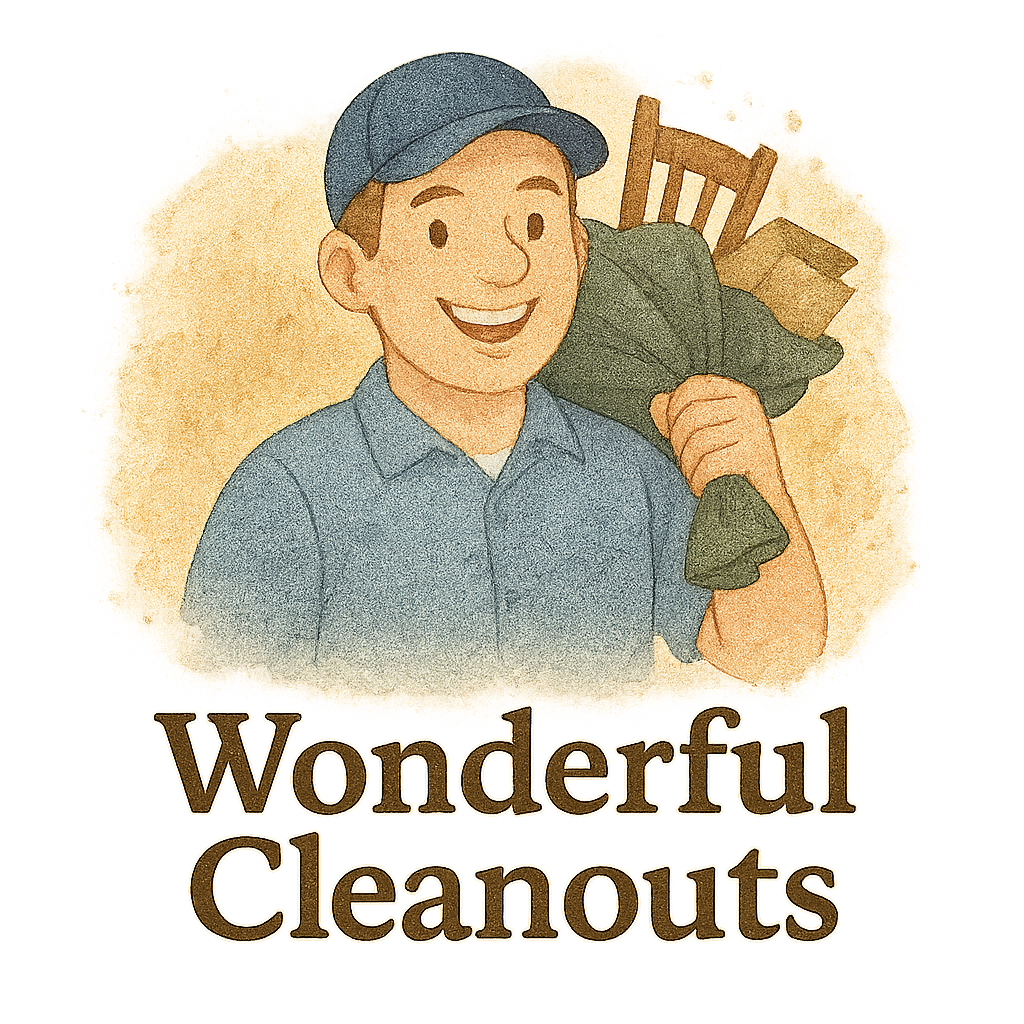Helping a loved one tackle hoarding is never easy. It’s messy—both emotionally and physically—but with the right mindset and tools, you can make a life-changing difference. In this guide, we’re going to dive deep into 8 effective ways to support someone during a hoarding cleanout while prioritizing compassion, patience, and long-term success.
Understanding Hoarding Disorder
What Is Hoarding Disorder?
Hoarding disorder is a persistent difficulty discarding or parting with possessions, regardless of their actual value. It’s not laziness or eccentricity—it’s a recognized mental health condition that often requires a therapeutic and structured approach.
Emotional Impact on Individuals and Families
Hoarding can devastate relationships, cause isolation, and create dangerous living conditions. For family members, it often brings frustration, sadness, and helplessness. Understanding the emotional landscape is the first step toward helping without harming.
Why a Supportive Approach Matters
Compassion Over Judgment
Nobody chooses to live buried under piles of stuff. What looks like trash to one person may represent security, memories, or control to another. Approach your loved one with compassion, not judgment.
Building Trust is Crucial
Helping with a hoarding cleanout isn’t just about organizing—it’s about rebuilding trust. That trust becomes the foundation for any progress.
Way 1: Educate Yourself About Hoarding
Knowledge Reduces Frustration
The more you understand hoarding, the better equipped you are to help. Read clinical articles, watch documentaries, or visit resources like Wonderful Cleanouts – Hoarding Cleanouts. It’ll give you empathy, patience, and practical tools.
Check out tags like Hoarding, Safety, and Tips for targeted advice.
Way 2: Start the Conversation Gently
Avoid Accusations and Pressure
Sit down at a calm time. Use “I” statements: “I’m worried about your safety,” rather than “This place is disgusting.” Make it clear you’re coming from a place of love, not blame.
A warm, non-judgmental tone is more effective than a lecture—think guidance counselor, not drill sergeant.
Way 3: Set Realistic Goals Together
One Room at a Time
Don’t suggest cleaning the entire house over the weekend. Set small, achievable milestones like clearing a walkway or sorting one box. Celebrate every win, no matter how small.
A great approach is using Garage & Attic Cleanouts as starting points. They’re less emotionally charged than living spaces.

Way 4: Offer Emotional Support
Be Present and Patient
Sometimes just being there is enough. Don’t push to clean every moment—sit with them, talk, laugh, and reminisce. Let them know they’re not alone in this journey.
Use Residential Cleanouts stories to show success is possible.
Way 5: Bring in Professional Help
When to Contact a Cleanout Service
If the clutter has taken over the entire house or presents health hazards, call in experts like Wonderful Cleanouts. They’re trained to handle these delicate situations professionally and respectfully.
Benefits of Hiring Experts
From proper disposal to heavy lifting, pros know how to move efficiently without overwhelming your loved one. Plus, they can connect you with specialists in mental health and follow-up care.
Check categories like Commercial Cleanouts and Estate Cleanouts for more complex scenarios.
Way 6: Focus on Safety First
Identifying Safety Hazards
From blocked exits to mold and pest infestations, hoarding environments can be dangerous. Before tossing items, identify what’s truly unsafe.
Use tools from the Safety and Gear tags to make sure you’re equipped.
Way 7: Celebrate Small Wins
Encouragement Keeps Momentum Going
Progress in hoarding cleanouts is often slow. Celebrate clearing a path, donating a bag, or simply letting go of one item. Small wins turn into bigger victories over time.
Use motivational stories tagged Planning to keep spirits high.
Way 8: Follow Up and Stay Involved
Preventing Relapse
The job isn’t done when the clutter’s gone. Follow-up is key. Visit regularly, stay in touch, and help maintain routines. This is a lifelong journey, not a weekend project.
Don’t ghost your loved one once the floors are visible again—stick around.
Incorporating Cleanout Categories
Residential, Garage, Estate & More
Your loved one’s situation might overlap categories—maybe it started in the garage but spread indoors. Explore these types to tailor your approach:
Also check Tags: Home, Tools, Office, Warehouse
Final Thoughts
Helping a loved one through a hoarding cleanout isn’t just about throwing things away—it’s about showing up, standing by them, and helping rebuild a life worth living. The mess may be big, but your support can be bigger.
Use the right resources, including professionals from Wonderful Cleanouts, to help guide the process. Every step, no matter how small, is a step forward.
FAQs
1. How do I convince someone to get help for hoarding?
Start with empathy and focus on safety concerns. Use gentle language and suggest starting small.
2. Are hoarding cleanouts covered by insurance?
Sometimes, especially if there are health hazards. Consult your insurance provider and ask professional cleanout services for guidance.
3. What items should be prioritized for removal first?
Anything that’s hazardous—like moldy items, sharp objects, or blocked exits—should be tackled first.
4. How long does a hoarding cleanout take?
It varies widely. A small space might take a weekend; a full house could take weeks or even months, especially if done compassionately.
5. Should I involve other family members in the cleanout?
Yes, but make sure everyone is on the same page and communicates clearly. Too many cooks can complicate things.
6. What professionals should I contact for a hoarding situation?
You may need cleaners, therapists, and even social workers. Services like Wonderful Cleanouts can connect you with the right team.
7. How can I help prevent hoarding relapse?
Regular visits, ongoing emotional support, and helping maintain routines are essential. Encourage continued mental health care.

